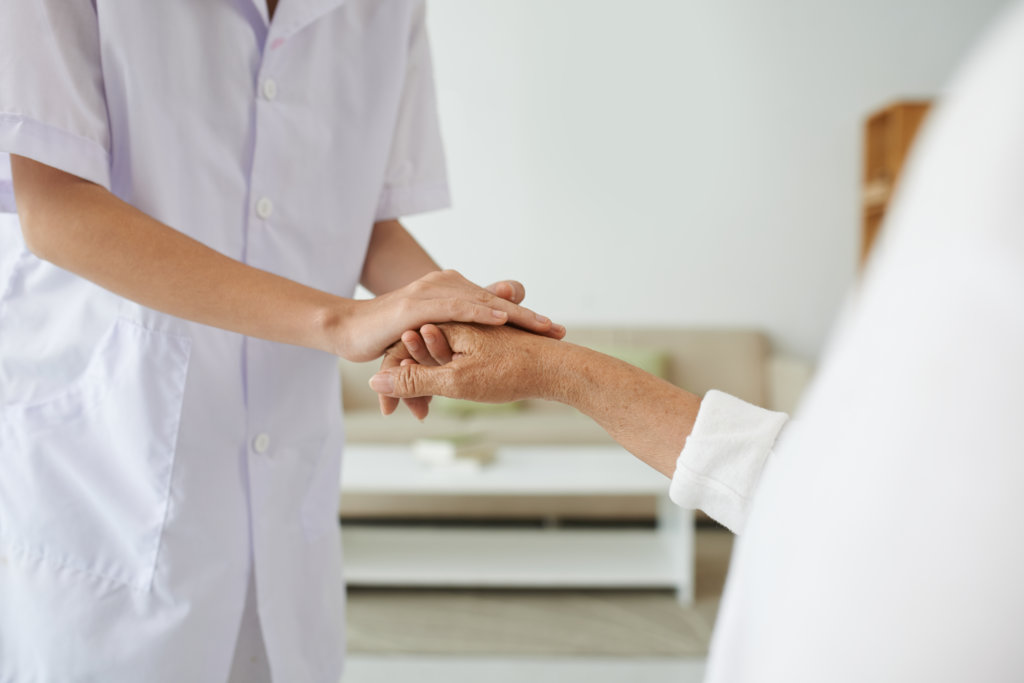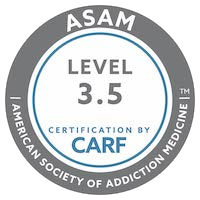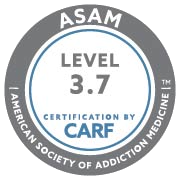Adolescent Substance Use Disorder and its Signs

Drug addiction affects many people of all demographics and from all kinds of backgrounds. While modern research and addiction treatment developments are focused on adults mostly, statistics show that focus should be turned towards younger individuals. There is always a link between adolescents and substance abuse, but many may be shocked to find out that teen addiction rates are on the rise.
There are some highlights of drug use among youth according to the report of the National Center forDrug Abuse Statistics:
- Drug use among 8th graders increased 61% between 2016 and 2020.
- By 12th grade, 62% of teenagers have abused alcohol.
- 50% of teenagers have misused a drug at least once.
- 43% of college students use illicit drugs.
- 2.08 million or 8.33% of 12- to 17-year-olds nationwide report using drugs in the last month.
- Among them, 83.88% report using marijuana in the last month.
- 591,000 12- to 17-year-olds used an illicit drug other than marijuana in the last month.
- 8.7% of 8th graders have used illicit drugs in the last month.
- 21.3% of 8th graders have tried illicit drugs at least once.
- By the time they’re in 12th grade, 46.6% of teens have tried illicit drugs.
- 11.89 million 18- to 25-year-olds used drugs in the last month.
- 4,777 Americans aged 15 to 24 years old died of an overdose of illicit drugs in one year.
- 11.2% of overdose deaths are aged 15 to 24 years.
Well known fact that drugs and alcohol raise the level of dopamine in the brain that regulates pleasure. While in normal practice the dopamine level increases naturally when a person is doing something pleasurable, drugs cause a greater than normal increase in dopamine. The result is a strong desire to repeat the drug-taking experience. In addition, the brain of a teenager is still developing and the brain forms an increasingly stronger pleasure associated with the substance, continually reinforcing the importance of taking it again and again.
Since March 2020, the COVID-19 pandemic has caused widespread stress, isolation, and fear worldwide, spurring a rise in substance use disorder in all age groups. The school closures are having a direct impact on the rise in substance use. High schoolers are especially at risk because of increased stress, loss of school routine and resources, and loss of support system.
Young people experiment with drugs and alcohol for several reasons, including:
- To be a part of a social circle: Many teens want to fit in perfectly. They start to use drugs and drink alcohol because friends or people they want to be with are doing that. To be a part of their social circle, they start to use drugs.
- To feel good or better: Many drugs interact with a brain to produce feelings of pleasure or euphoria. In addition, many young people suffer from depression, social anxiety, stress-related disorders, and physical pain. Using drugs reduces their stress and makes them feel better.
- To do better: We live in very competitive society, in which young people compete to perform athletically and academically. Many adolescents use certain drugs to enhance or improve their performance.
- To experiment: Adolescents want to try something new, to find out the interaction of drugs and alcohol with a brain, to understand how euphoria works, etc. All these often motivate me to seek new experiences.
It’s a catastrophe for parents when their kids are using drugs. So, to prevent severe cases, parents always should pay attention to their kids and don’t ignore the signs of using drugs, which include: bad grades, bloodshot eyes, fatigue, repeated health complaints, sudden mood changes, depression or low self-esteem, and problems with friends or school, including truancy, laughing for no reason, loss of interest in activities, poor hygiene, avoiding eye contact, the smell of smoke on breath or clothes, secretive behavior, unusual tiredness, etc.

Parents tend to underestimate the risks or seriousness of drug use. The signs listed above suggest a problem that may already have become serious. If parents are unsure or can’t recognize if their child is abusing drugs, they can try to find professional help by contacting a primary care physician, school guidance counselor, or drug abuse treatment provider.
Many teens have a tough time dealing with sadness or other unpleasant feelings experienced during adolescence. It is understandable that they may think having a drink or a little Marijuana can offer relief. If a teen has already tried quitting or reducing use and failed, then it’s important to seek treatment as soon as possible. There are treatment centers designed for teens that target the emotional and social issues that led to their drug use. Most teen treatment centers also offer educational support so that teens in recovery don’t get behind in school. The earlier an addiction is recognized, the easier it is to treat.
Hathaway Recovery is an industry leader in Addiction & Dual Diagnosis Treatment. A doctor-operated facility that offers 24/7 care, monitoring & support. Hathaway Recovery has a team of professionals who constantly strive to offer the most innovative and effective care and therapy.
Contact Hathaway Recovery for teenage addiction treatment options today.

Hathaway Recovery Drug & Alcohol Treatment Center
Email: [email protected]
1042 East Belmont Abbey Lane, Claremont, CA 91711






